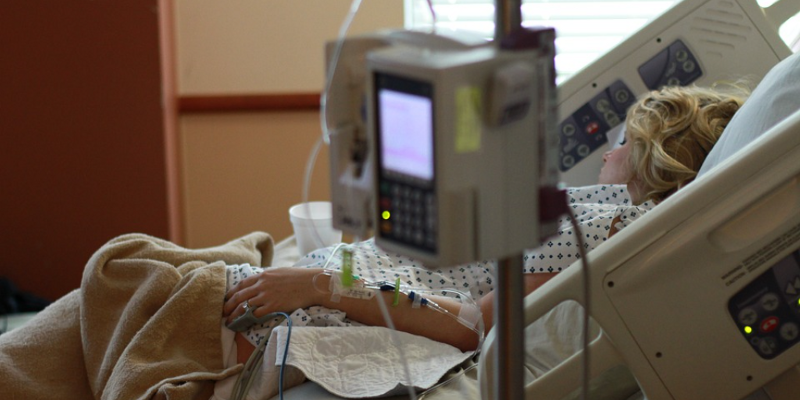F016 & F017 Why aren’t nurses included in innovation process more? (Rebecca Love & Shawna Butler)
Nurses and midwives account for nearly 50% of the health workforce. Despite their significance in the healthcare system, they are often overlooked, especially when talking about innovation.
However, they are very innovative and creative.
Nurses do around 27 workarounds per shift…
…according to Rebecca Love, an experienced Nurse Entrepreneur and until recently the Director of Nurse Innovation & Entrepreneurship at Northeastern School of Nursing. 27 times per day nurses use technology or care differently from the innovators’ expectation. But in order to be efficient and deliver best care possible this is a must.
“Nurses are capable of more than they often get credit for. They McGuyver everything by the bed site. They keep innovating and do around 27 workarounds per shift, to improve care, and the way technology serves them,”
says Rebeca Love, who among other things co-founded https://www.hirenurses.com/ — a web-based platform making it easier for nurses to find job opportunities. She is convinced the healthcare system is fundamentally broken. Among other things, because nurses are not included in work processes improvement.
One of the bigger drawbacks of care related technology in hospitals at the moment is that devices are not connected to electronic health records.
When creating teams, innovators should consider that compared to doctors nurses are even closer to the patient. This gives nurses a meaningful insight into why solutions don’t work, and what would need to change. However, nurses are never encouraged to identify problems and create solutions, says Rebecca Love.
Since innovators too often ignore nurses during solution and new products design, technology in the end often does not solve the problems it was designed for.
“You don’t solve problems in the hospital”
Shawna Butler is another nurse entrepreneur who has dedicated her career to improving healthcare through nursing. She is part of the Exponential Medicine team at Singularity University. Shawna likes to say that we have been spelling the word “entrepreneur” the wrong way, as is should be spelled EntrepreNURSE. Her clinical nursing experience includes emergency, cardiac, critical care, international medical flight transport, and workplace wellness. All these areas, and especially work as an international flight transport medic, gave her rich experience of various healthcare practices around the globe. She believes one of the biggest problems in healthcare to be the lack of prevention and focus on reaction to health problems once they appear.
“While trying to research behavioural change in the ICU, I realised that when people get better, they return to their old life-style patterns. In the healthcare system we’re passively waiting for people to get worse instead of entering communities and improve their lifestyle,” says Shawna Butler.
Without addressing people’s home environment, politics and prevention, it is unreasonable to expect changes in chronic disease management and prevalence of chronic conditions.
The position of nurses
While it is becoming clear that the role of nurses in healthcare is undermined, the sector is faced with increasing workforce shortage. According to a 2012 report from the University of Nebraska, if the current shortage of nurses continues unabated in the USA, upwards of one million positions will remain unfilled in 2030.
According to Nursing now, the global shortfall of nurses and midwives will grow to 9 million by 2030.
To put the numbers in perspective: The United States will face a shortage of between 40,800 and 104,900 physicians by 2030, according to a new study commissioned by the Association of American Medical Colleagues.
The difference is 10-times fold, with the majority of employees being women, on average older than 50 years old. “The women:men ratio is 9:1,” emphasizes Love.
Learn more in episodes 16 and 17 of Faces of digital health.
Listen on Podbean,Google Play Music on your android device, in iTunes, or use the RSS feed for your podcast player.
Questions addressed in episodes 16 and 17:
What are a few practical examples of innovative nursing approaches?
What is the difference between the Netherlands, and the US in terms of healthcare, work and work-life balance?
What are the relations between nurses and doctors since nurses are subordinate to clinicians?
How can innovation be encouraged in the strong hierarchy of academic discipline and responsibility between doctors and nurses, alongside the clear male-female power division?
What are the difference between doctors and nurses regarding salary and liability?
How can entrepreneurship be encouraged among nurses?
Where can nurses be most entrepreneurial?
If nurses get a seat at the table, what power shift could that bring?
Hirenurses.com is a mother-daughter company. How does that collaboration look like?


